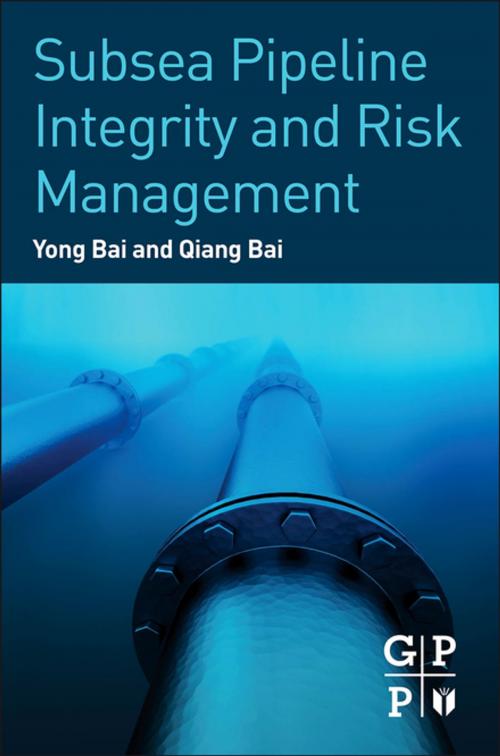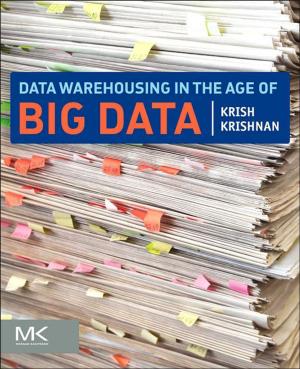Subsea Pipeline Integrity and Risk Management
Nonfiction, Science & Nature, Technology, Engineering, Business & Finance, Management & Leadership, Management| Author: | Yong Bai, Qiang Bai | ISBN: | 9780123946485 |
| Publisher: | Elsevier Science | Publication: | February 21, 2014 |
| Imprint: | Gulf Professional Publishing | Language: | English |
| Author: | Yong Bai, Qiang Bai |
| ISBN: | 9780123946485 |
| Publisher: | Elsevier Science |
| Publication: | February 21, 2014 |
| Imprint: | Gulf Professional Publishing |
| Language: | English |
Subsea repairs and inspection are costly for petroleum and pipeline engineers and proper training is needed to focus on ensuring system strength and integrity. Subsea Pipeline Integrity and Risk Management is the perfect companion for new engineers who need to be aware of the state-of-the-art techniques. This handbook offers a "hands-on" problem-solving approach to integrity management, leak detection, and reliability applications such as risk analysis.
Wide-ranging and easy-to-use, the book is packed with data tables, illustrations, and calculations, with a focus on pipeline corrosion, flexible pipes, and subsea repair. Reliability-based models also provide a decision making tool for day-to-day use. Subsea Pipeline Integrity and Risk Management gives the engineer the power and knowledge to protect offshore pipeline investments safely and effectively.
- Includes material selection for linepipe, especially selection of standard carbon steel linepipe
- Covers assessment of various types of corrosion processes and definition of anti-corrosion design against internal as well as external corrosion
- Gives process and flow assurance for pipeline systems including pipeline integrity management
Subsea repairs and inspection are costly for petroleum and pipeline engineers and proper training is needed to focus on ensuring system strength and integrity. Subsea Pipeline Integrity and Risk Management is the perfect companion for new engineers who need to be aware of the state-of-the-art techniques. This handbook offers a "hands-on" problem-solving approach to integrity management, leak detection, and reliability applications such as risk analysis.
Wide-ranging and easy-to-use, the book is packed with data tables, illustrations, and calculations, with a focus on pipeline corrosion, flexible pipes, and subsea repair. Reliability-based models also provide a decision making tool for day-to-day use. Subsea Pipeline Integrity and Risk Management gives the engineer the power and knowledge to protect offshore pipeline investments safely and effectively.
- Includes material selection for linepipe, especially selection of standard carbon steel linepipe
- Covers assessment of various types of corrosion processes and definition of anti-corrosion design against internal as well as external corrosion
- Gives process and flow assurance for pipeline systems including pipeline integrity management















